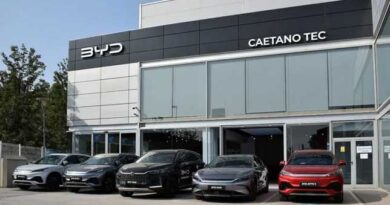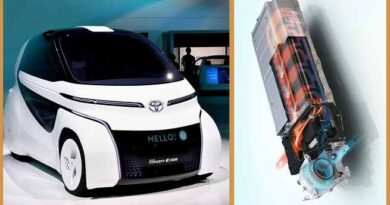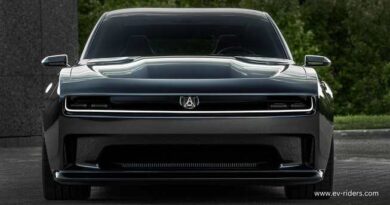Tesla is already working on a home wireless charger for its electric cars
Tesla is already working on a home wireless charger for its electric cars
The automotive manufacturer founded by Elon Musk has confirmed that, after buying and selling Wiferion, it has already begun to develop a wireless charging system for its electric vehicles.

For many years, Tesla has not supported wireless charging, but in 2023, things have changed, and the American firm has begun to take steps in that direction.
The first was the purchase of Wiferion, a company that specialized in developing said technology. It was resold shortly after to PULS (although only after integrating part of its staff into the company).
Now, Tesla has confirmed that it is already developing a wireless charger aimed at home use by the owners of its electric vehicles. That represents the ratification of a change in strategy within the brand.
During an interview for Jay Leno’s YouTube channel, the confirmation came from Franz von Holzhausen, Tesla’s chief designer.
“We are working on inductive charging. You don’t even need to plug anything in. You go over the platform of your garage and start loading,” he explained briefly, although without revealing more details about it.
What is inductive charging?
In essence, wireless charging is one in which cables are not used to connect the charging port and the item to be charged. That is possible with the inductive charging principle.

An inductive load is an electronic component or device that uses a magnetic field to store energy. The magnetic field is created by electric current when it passes through a coil.
If a second coil surrounds the coil, the dual coil will be affected by the magnetic field of the first coil. It induces an electric current in the second coil.
A wireless charging system also has two coils: a transmit coil and a receive coil. The transmission coil is connected to an electrical power source. Electric current flows through the transmission coil and creates a magnetic field.
The receive coil is located near the transmit coil. The magnetic field of the transmit coil induces an electric current in the receive coil. This electrical current can be used to charge a device.
Therefore, wireless charging is a form of inductive charging. The only difference is that the receiving coil is located on a device to be charged.
Wireless charging is used in various applications, the most common being mobile phones. Currently, they are beginning to be used in the automotive industry.
Wireless charging has some advantages over wired charging, including convenience and security. It is also a good option for constantly moving devices, such as mobile phones.
However, wireless charging also has some disadvantages, including efficiency. It is less efficient than wired charging as power is lost during the transfer, which requires more energy to charge a device wirelessly.
Source- Electrek.co
Related Post



